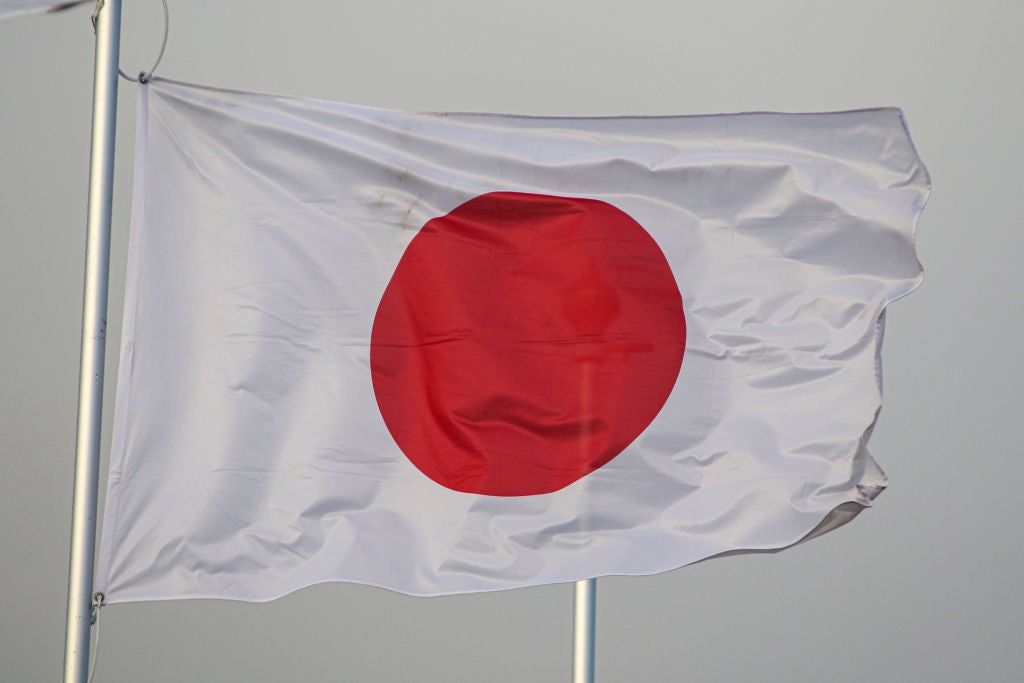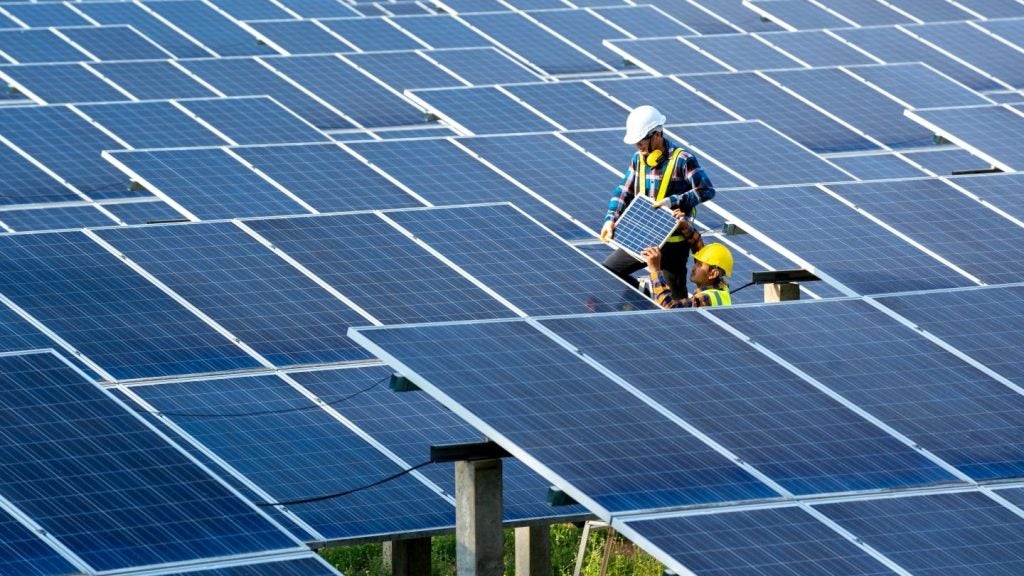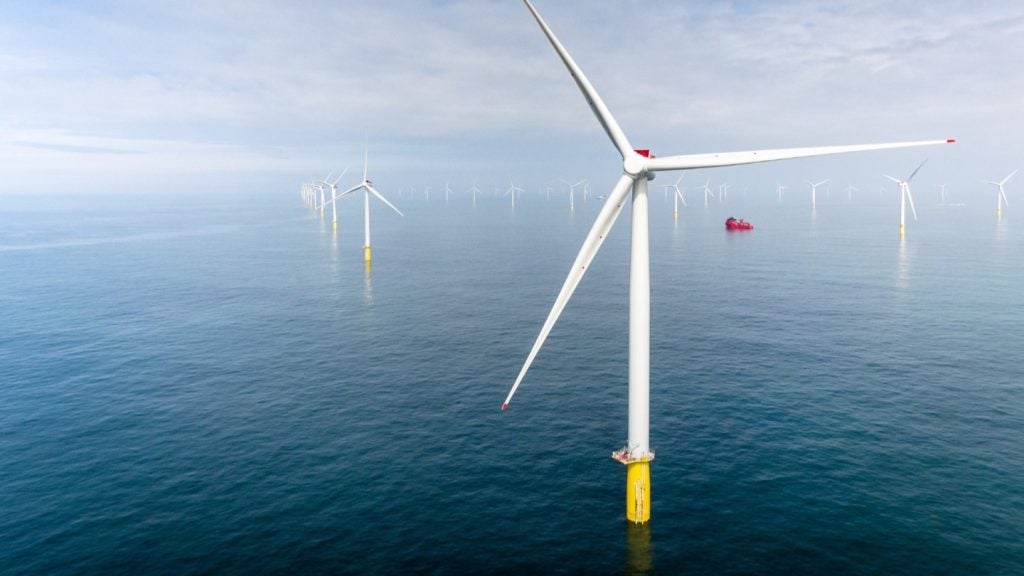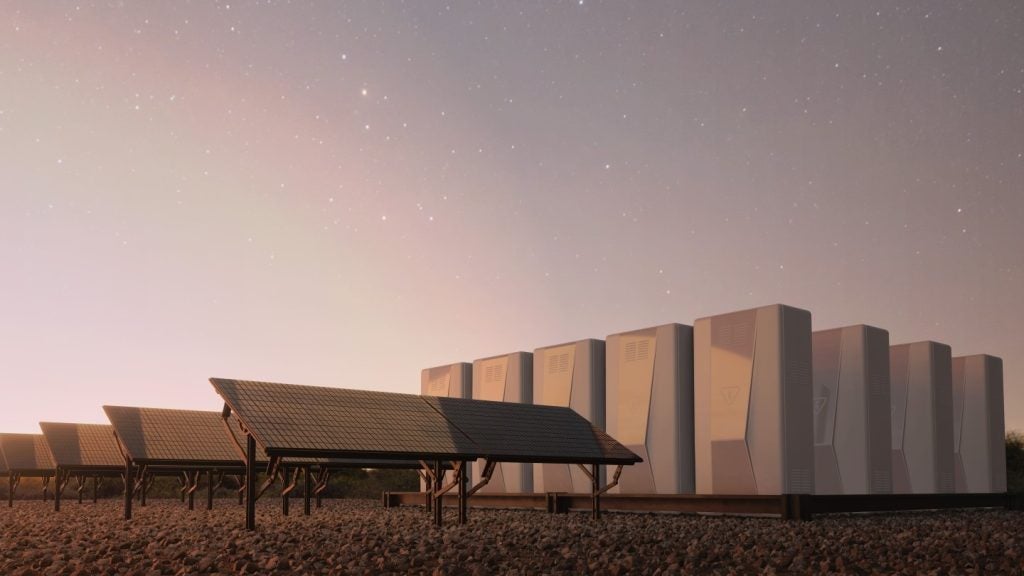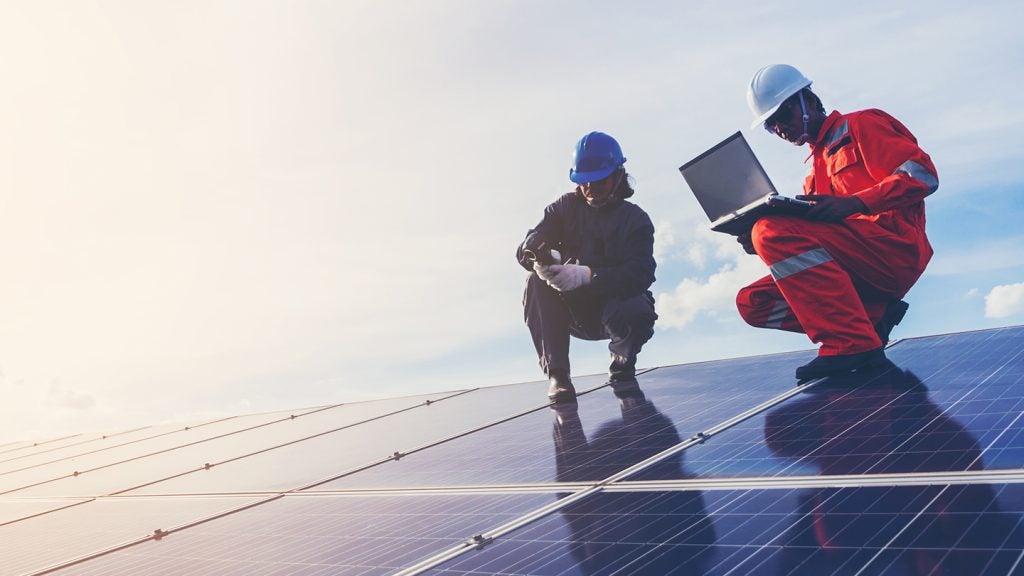On Friday, the president of Japanese power company Okinawa Electric said that the company is going to start co-firing hydrogen on a trial basis at a commercial gas-fired power plant from March 2024 to reduce CO₂ emissions.
The trial will take place until some point between April and September at the Yoshinoura thermal power station on the southern island of Okinawa. The utility aims to achieve a hydrogen co-firing rate of 30% at the 35MW unit.
Hiroyuki Motonaga, president of Okinawa Electric, said: “The establishment of hydrogen co-firing technology is a key initiative that can help us achieve two goals: expanding renewable energy and slashing CO₂ emissions.”
He added that if the trial is a success, the utility will consider co-firing hydrogen on a regular basis. The hydrogen will be derived as a by-product of local chemical plants as well as compressed hydrogen.
Currently, more than 90% of power produced by Okinawa Electric is from fossils fuels such as coal. Due to Japan’s jagged topography and limited space as an island, Okinawa Electric produces no nuclear or hydroelectric power.
Through cutting coal usage and increasing the use of renewable energy and liquefied natural gas, the company aims to reduce emissions by 30% from 2005 levels by 2030.
In June the Japanese Government announced plans to invest Y15trn ($107.5bn) to supply the country with hydrogen over the next 15 years. This will boost hydrogen supply to 12 million tonnes a year by 2040 and enable similar projects to Okinawa Electric’s. The government will provide Y6–8trn of the funding, while the remainder will come from the private sector.
Climate activists have been critical of Japanese utilities’ efforts to cut their CO₂ emissions by mixing hydrogen with fossil fuels in thermal power stations, saying it is a way to extend the use of more polluting fossil fuels.


